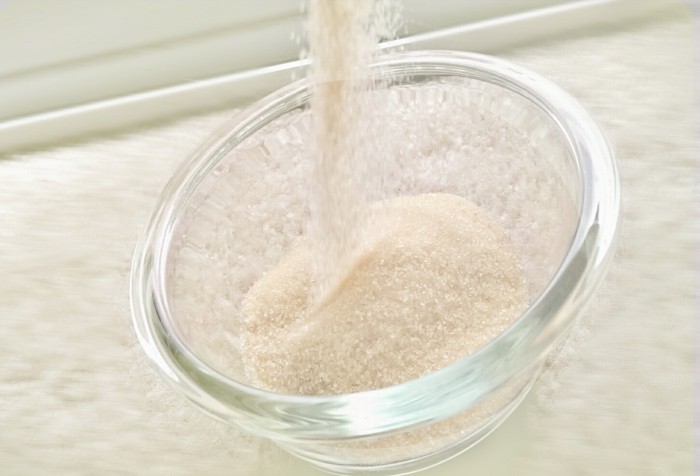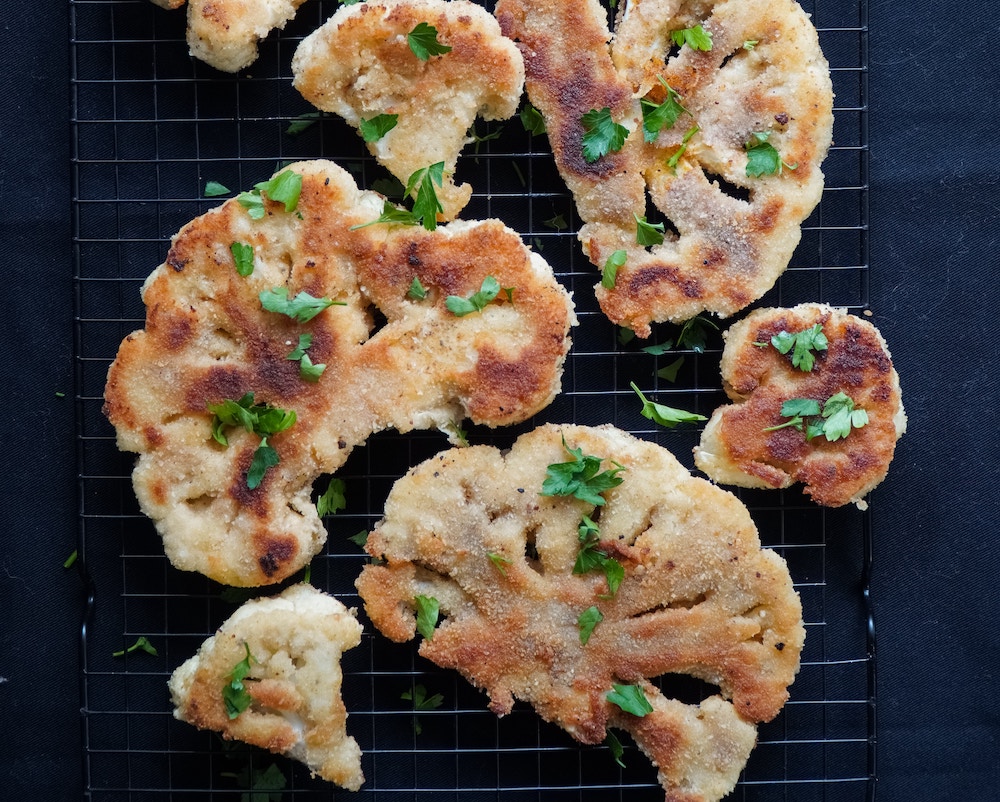We’ve all been there. We all have experienced the inevitable loss of control at the smell or even the sight of our favorite food. We all get cravings from time to time. It’s important to validate our feelings. Feelings of guilt and shame for wanting a vegan cupcake aren’t necessarily going to solve the problem and in fact can make it worse. Cravings are real. They are as much of a psychological response going on in the brain as they are a physiological response going on in the body. No need to beat yourself up when they happen to you. Here are 5 tips on how to eliminate cravings naturally and effectively without resorting to hiding the cookie jar, although that may work too.
1. Fail to prepare, prepare to fail.
Often, cravings are at their worst when we are ravenous and in search of something quick and filling to eat. The key to curving the crave lies in preparation. Just like every other part of our lives, eating requires thought, effort, and a good deal of scheduling. Don’t leave the decision on what you are having for dinner until the car ride home. All those restaurants you drive by are going to appeal to you much more when you know you are going home to an empty fridge. Chopping vegetables, soaking beans, or simmering soup for dinner the next day or baking some healthy granola bars for the week are all simple ways to be sure you don’t get sucked into those pesky cravings after a long day at work.
2. Don’t leave room for dessert.
Including a combination of complex carbohydrates, protein, and healthy fat at every meal is a great way to ensure that you feel completely satiated after eating. After you have satisfied your appetite in a nutritious way, you probably won’t be drooling over the bakery case at your local coffee shop with same intensity anymore. A healthy amount of fat in the diet in the form of whole foods such as avocados, nuts, or hemp seeds will leave you feeling fuller longer. These fresh, full-fat foods along with low glycemic fruits also make for a quick, easy snack when you are feeling hungry in between meals or even when you are craving something sweet.
3. Regulate your blood sugar.
Don’t skip meals. Sugar cravings are commonly a result of low blood sugar. Low blood sugar may happen when there are gaps longer than 3 hours between eating. To avoid this, be sure to snack between meals. Not only does snacking in between meals allow your metabolism to increase due to energy spent on digesting, but it also successfully regulates blood sugar levels as well as appetite. Many people eat out of a response to stress. Stress produces the hormone cortisol in the body which also lowers blood sugar, which leads to more sugar cravings. Taking deep breaths, getting a gym membership, or taking up a yoga class are all great ways to reduce stress which ultimately will help to reduce cravings.
4. Watch out for the all mighty trifecta of junk food.
Almost all processed food has one thing in common it usually contains high amounts of fat, salt, and sugar in nearly lethal combinations. And yes, that amazing vegan chocolate chip cookie from the friendly neighborhood bakery also belongs in this category. When we are craving these types of food, our body is actually signaling that something is off. Most likely our dopamine and endorphin levels are low. The result of eating these foods temporarily releases these two hormones into our bloodstream which results in opiate-like effects on the mind. The excitement you feel thinking about ordering your favorite pizza or devouring a big piece of chocolate cake are produced by these hormones. Dopamine, more specifically, is a pleasure seeking hormone and nothing produces pleasure quite like the satisfaction you feel while munching on a bag of chips. We feel energized, happy, and relaxed. Of course these feelings are very short lived which leads us reaching for more of these feel-good foods. Stress-reducing activities like exercise or meditation come in handy again as they trigger our bodies to produce more dopamine and endorphins naturally without the need of sugar.
5. Eat with awareness, make friends with your food.
Do you have the habit of spending an hour preparing a meal only to devour it in less than 10 minutes? Or maybe you don’t cook and instead eat on the go in your car or on the way to the bus stop. These types of eating habits not only lead to over eating but also result in digestion problems. Eating consciously simply means you make the time to savor each bite, thoroughly chew your food, and breathe while doing so. I know what you’re thinking, who has time for all of that? However, making the time to give your food a little more of the love and attention it deserves will greatly improve your relationship with it. An easy way to become a more conscious eater is to start by keeping a food journal. It is a great way to pin point when your cravings most frequently occur and the feelings and thoughts associated with them. After a while, you will be able to distinguish between hunger and boredom, or any other emotion that may influence you to reach for the junk food.
Related: Summer Detox – Simple Food Swaps for a Beach Body
Dietary Thermogenesis – The Next Big Thing in Weight Loss?
The Zen Diet – How Meditation Helped Me Lose Weight
__
Photo: Paulee McCormack





